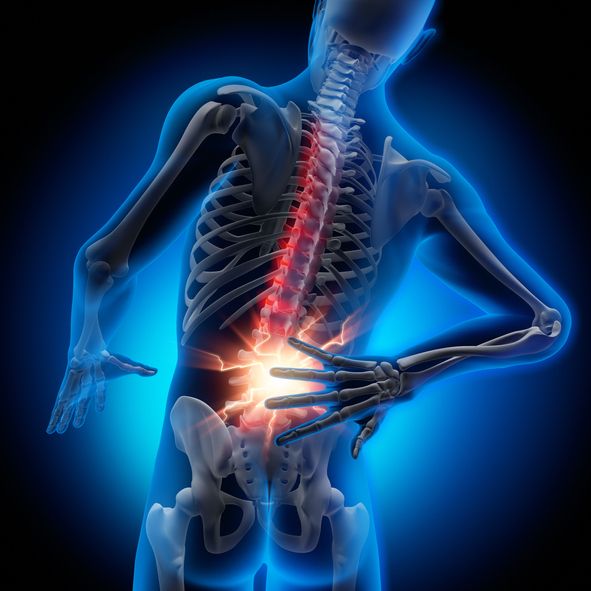The Qualities of an Ideal panchakarma treatment
The Qualities of an Ideal panchakarma treatment
Blog Article
Lower back pain is something that much of us experience eventually in our lives, with up to 85% of adults handling it. Whether it's a dull, irritating ache or a sharp, consistent pain, it can be exceptionally disruptive. The majority of the time, it stems from problems in the lower spine, tense muscles, and even neighboring organs. While conventional treatments focus on managing symptoms, integrative methods like Ayurveda, Yoga, and Acupuncture dive much deeper, resolving both the physical pain and the emotional toll that pain can take on us.
What Causes Lower Back Pain?
Lower back pain can come from a range of sources, such as:
● Problems in the back spinal column: Issues with the vertebrae or discs in the lower back.
● Muscle pressure: Overworked or swollen muscles from bad posture, overexertion, or tension.
● Nerve compression: Commonly caused by a herniated disc pressing on nearby nerves.
● Internal organ issues: Pain referred from organs in the pelvic or abdominal region.
If your pain is severe, lingers despite rest, or comes with symptoms like leg pain, pins and needles, weakness, or unexplained weight reduction, it's important to see a physician.
How Ayurveda Can Help
Ayurveda, with its holistic and tried and true remedies, offers natural solutions for treating lower pain in the back. Here are some treatments that can assist:
● Kati Basti: This includes applying warm, medicated oil directly to the lower back. The warmth and oil work together to reduce tightness, promote blood circulation, and soothe pain.
● Elakizhi: Medicated herbal leaves are used in a hot compress to relieve muscle stress and promote recovery.
● Panchakarma (Basti): This treatment uses a medicated enema to calm Vata dosha (one of the body's energy types). Vata imbalance is typically connected to neck and back pain, and Basti helps restore balance, lower swelling, and prevent recurrence.
Acupuncture for Pain Relief
Acupuncture is another effective method to manage back pain. By
placing great needles into specific points on the body, acupuncture:
● Stimulates the release of endorphins, the body's natural pain relievers.
● Improves blood circulation and minimizes inflammation in the affected location.
● Works hand-in-hand with Ayurveda to offer a well-rounded and reliable pain management service.
Yoga for Long-Term Relief
Yoga complements Ayurveda and Acupuncture, supplying a way to manage pain daily. It helps by:
● Stretching and strengthening the muscles: Yoga presents can help enhance versatility and ease tension in the back.
● Breathing workouts and meditation: These practices calm the mind, lower tension, and support your body's natural healing procedure.
While yoga alone might not entirely get rid of the underlying reasons for lower neck and back pain, it can significantly reduce discomfort and aid preserve a healthy, pain-free back over time.
A Holistic Approach for Lasting Relief
By integrating Ayurveda, Yoga, and Acupuncture, you're not just dealing with the symptoms-- you're attending to the root causes of lower pain in the back. These therapies interact to balance ayurvedic medicine for diabetes the mind and body, offering a more natural and thorough solution to pain relief. With this integrative technique, you can find not just physical relief but also a higher sense of well-being and balance in your life.
If you're trying to find a long-term, holistic method to handle your lower neck and back pain, these treatments could be the answer.